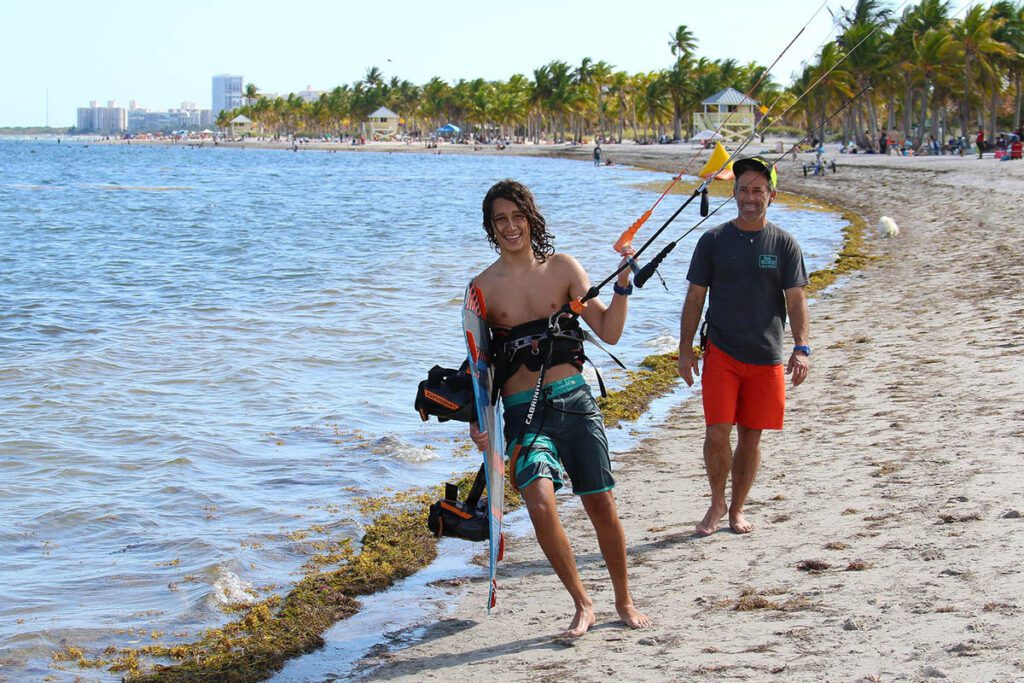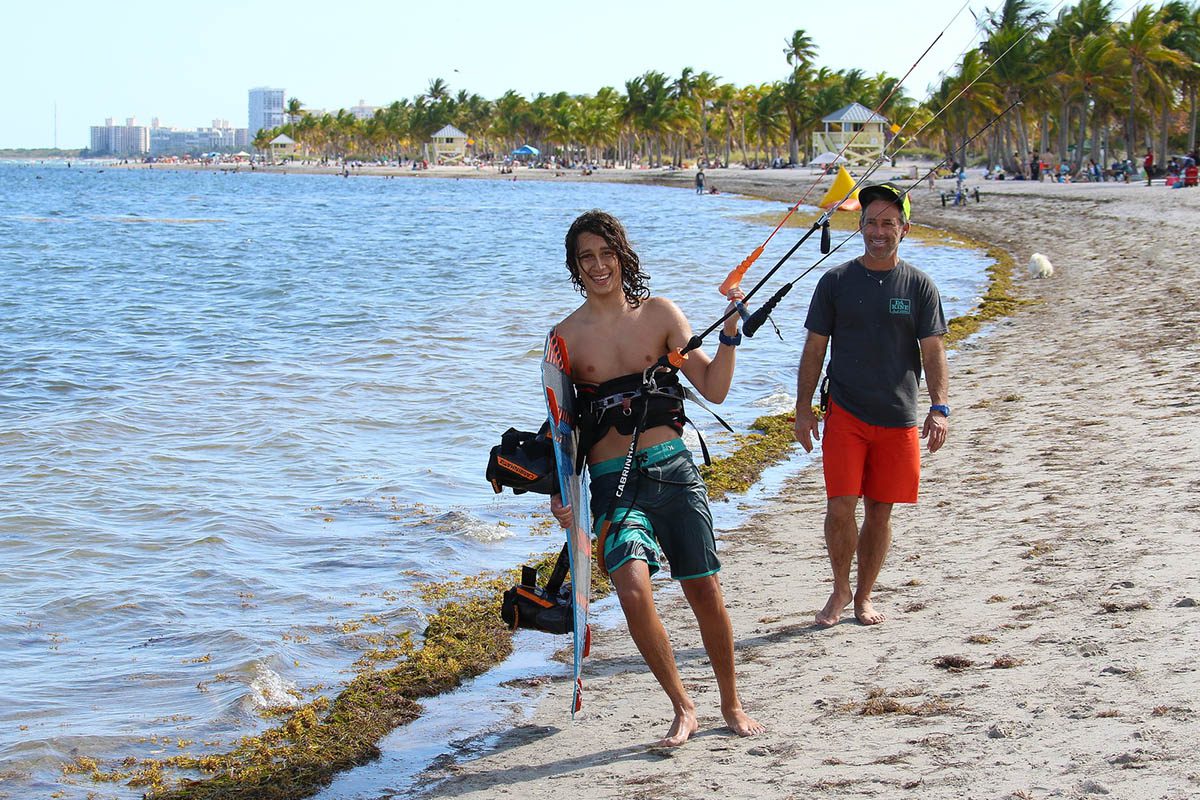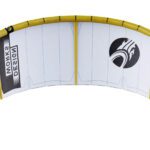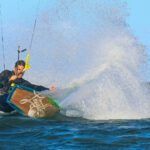
Kitesurfing Kids: All you Need To Know.
Table of Contents.
- Introduction to kitesurfing for kids.
- Benefits of kitesurfing for kids.
- Safety considerations for kitesurfing for kids.
- Choosing the right gear for kitesurfing for kids.
- Basic kitesurfing techniques for kids
- Tips for teaching kitesurfing to kids.
- Common challenges and how to overcome them.
- Best locations for kitesurfing with kids.
- Frequently asked questions about kitesurfing for kids.
Are you looking for an exciting water sport that your kids can enjoy? Look no further than kitesurfing! Kitesurfing, also known as kiteboarding, is a thrilling and adventurous water activity that is becoming increasingly popular among kids. This article will explore all you need to know about kitesurfing for kids, including the benefits, safety considerations, gear, techniques, teaching tips, challenges, and the best locations. So, let’s dive in and discover the world of kitesurfing for kids!
Introduction to Kitesurfing for Kids.
Kitesurfing is a water sport involving riding on a board while holding a kite attached to a control bar. The rider controls the kite to catch the wind and propel themselves through the water. Kitesurfing is an exciting and dynamic activity requiring skill, strength, and coordination, making it an excellent option for kids looking for an adrenaline-pumping adventure on the water.
Benefits of Kitesurfing for Kids.
Kitesurfing offers a range of benefits for kids, both physically and mentally. Here are some of the critical advantages of kitesurfing for kids:
- Physical fitness: Kitesurfing is a physically demanding sport that requires kids to use their entire body, including their core, arms, and legs. It helps develop strength, balance, and coordination, which are essential for physical development.
- Outdoor activity: In today’s digital age, kids spend much time indoors glued to screens. Kitesurfing provides an excellent opportunity for kids to disconnect from technology and spend time outdoors, breathing in the fresh air and soaking up the sun.
- Confidence-building: Kitesurfing can be challenging, but as kids learn and improve their skills, it boosts their confidence and self-esteem. They learn to overcome obstacles and push their limits, which helps build their self-confidence.
- Fun and adventure: Kitesurfing is an exhilarating and adventurous activity that kids love. It gives them a sense of freedom and excitement as they ride the waves and feel the wind on their face.
- Social interaction: Kitesurfing is often done in groups, allowing kids to socialize and make new friends with similar interests. It promotes teamwork, communication, and social skills.
Safety Considerations for Kitesurfing for Kids.
While kitesurfing is thrilling, safety should always be a priority, especially for kids. Here are some important safety considerations to keep in mind when introducing kids to kitesurfing:
- Qualified instructor: It is crucial to ensure that kids receive proper instruction from a qualified kitesurfing instructor who can teach them the basics, including safety rules, kite control, and water safety.
Appropriate gear: Kids should use equipment designed for their age, size, and skill level. This includes a suitable kite, board, harness, and safety leash. Investing in high-quality gear that meets safety standards and is in good condition is essential.
- Weather conditions: Kitesurfing should only be done in suitable weather conditions, such as moderate winds and calm waters. Kids should never attempt kitesurfing in extreme weather conditions, including thunderstorms or strong winds, as it can be dangerous.
- Supervision: Kids should always be supervised by a responsible adult while kitesurfing. An experienced adult should be present to provide guidance and assistance and ensure that safety precautions are followed at all times.
- Safety equipment: Kids should wear appropriate safety equipment, such as a helmet, life jacket, and wetsuit, to protect themselves from potential injuries and keep them safe in the water.
- Rules and guidelines: It’s essential to educate kids about the rules and policies of kitesurfing, including the right of way, staying clear of obstacles, and maintaining a safe distance from other riders and beachgoers.
By following these safety considerations, you can ensure that your kids enjoy kitesurfing safely and responsibly.
Choosing the Right Gear for Kitesurfing for Kids.
Selecting the right gear is crucial for a safe and enjoyable kitesurfing experience for kids. Here are some factors to consider when choosing gear for kitesurfing for kids:
- Kite size: The size of the kite should be appropriate for the weight and skill level of the child. Smaller kites are recommended for beginners to learn kite control and maneuverability quickly.
- Board size: The board should suit the child’s height and skill level. A smaller board with a soft deck is recommended for beginners as it provides stability and makes learning easier.
- Harness: A harness should fit the child comfortably and securely. It should be easy for the child to put on and take off and have a safety leash to ensure the kite can be released in an emergency.
- Safety leash: A safety leash is an important safety feature that attaches the kite to the child’s harness. It allows the child to release the kite quickly in case of an emergency or loss of control.
- Helmet and life jacket: Kids should always wear a helmet and a properly fitted life jacket while kitesurfing to protect themselves from potential injuries and stay safe in the water.
Investing in high-quality gear that meets safety standards and is appropriate for your child’s age, size, and skill level is essential to ensure a safe and enjoyable kitesurfing experience.
Basic Kitesurfing Techniques for Kids.
Learning the basic kitesurfing techniques is crucial for kids to enjoy kitesurfing safely and confidently. Here are some fundamental methods that kids should know:
- Kite control: Kids should learn how to control the kite using the control bar, including launching, landing, steering, and depowering the kite.
- Body dragging: Body dragging is a technique where kids use the kite’s power to move through the water without using a board. It helps them to practice kite control and build their confidence in the water.
- Water start: Once kids have mastered kite control and body dragging, they can learn how to get up on the board and start riding on the water. This includes techniques such as getting into the correct position, keeping the kite stable, and using their legs to control the board.
- Riding techniques: Kids can learn various riding techniques, such as going upwind, turning, jumping, and performing tricks, as they gain more experience and confidence in their kitesurfing skills.
It’s essential for kids to practice these techniques under the guidance of a qualified instructor and always follow safety precautions to ensure a safe and enjoyable kitesurfing experience.
Tips for Teaching Kitesurfing to Kids.
Teaching kitesurfing to kids requires patience, understanding, and proper guidance. Here are some tips for teaching kitesurfing to kids:
- Start with land-based training: Before taking kids into the water, start with land-based training to familiarize them with the basic kite controls, body positioning, and safety protocols. This will help them build confidence and develop good habits before they hit the water.
- Use age-appropriate teaching methods: Kids learn differently from adults, so it’s important to use age-appropriate teaching methods that are engaging, fun, and easy to understand. Incorporate games, stories, and interactive activities to make learning enjoyable for kids.
- Focus on safety: Emphasize the importance of protection from the very beginning. Teach kids about the potential risks and hazards associated with kitesurfing and the importance of always following safety rules and guidelines.
- Practice in shallow water: Start with shallow water where kids can touch the bottom and easily stand up if they fall. This will help them feel more confident and comfortable in the water as they learn to control the kite and ride the board.
- Provide constant supervision: Always watch kids while kitesurfing and provide continuous care. Be ready to provide guidance, assistance, and encouragement to ensure their safety and progress in their skills.
- Encourage progress at their own pace: Every child learns at their own pace, so it’s essential to be patient and encourage progress at their speed. Avoid pushing kids beyond their comfort zone and let them progress gradually as they gain confidence and skills.
- Celebrate achievements: Recognize and celebrate every small achievement of the kids to boost their confidence and motivation. This will help them stay engaged and motivated to continue learning and improving their kitesurfing skills.
With proper guidance, patience, and safety precautions, kids can learn and enjoy kitesurfing as a thrilling water sport.
Conclusion.
Kitesurfing can be thrilling and exciting for kids, but it requires proper safety precautions, suitable gear, and appropriate teaching methods. Kids can enjoy kitesurfing safely and confidently by following the outlined safety considerations, choosing the right equipment, and teaching basic kitesurfing techniques. Remember to prioritize safety, provide constant supervision, and encourage progress at their own pace. With the right approach, kitesurfing can be a fun and memorable experience for kids.
FAQs (Frequently Asked Questions)
- What is the minimum age for kids to start kitesurfing?
The minimum age for kids to start kitesurfing may vary depending on the child’s physical and cognitive development, as well as the guidance of a qualified instructor. Generally, kids as young as 8 or 9 can start with proper supervision and age-appropriate gear.
- Is kitesurfing safe for kids?
Kitesurfing can be safe for kids when proper safety precautions, suitable gear, and appropriate teaching methods are followed. It’s crucial to prioritize safety, including supervision, gear selection, and weather conditions.
- Can kids kitesurf without lessons?
It’s highly recommended that kids take kitesurfing lessons from a qualified instructor to learn proper techniques and safety protocols and develop good habits. Kitesurfing can be challenging and requires proper guidance, especially for beginners, including kids.
- How long does it take for kids to learn to kitesurf?
- The time it takes for kids to learn to kitesurf may vary depending on their age, physical abilities, and learning pace. Some kids may pick it up quickly, while others may take more time. Patience, practice, and proper guidance are crucial to learning to kitesurf.
Author
Latest entries
 WatersportsSeptember 16, 2024Cabrinha Moto X: Enjoy the Ride
WatersportsSeptember 16, 2024Cabrinha Moto X: Enjoy the Ride WatersportsMay 19, 2024Cabrinha 2024 Moto XL Review: The Ultimate Lightwind Kite
WatersportsMay 19, 2024Cabrinha 2024 Moto XL Review: The Ultimate Lightwind Kite WatersportsDecember 16, 2023Kiteboarding Travel
WatersportsDecember 16, 2023Kiteboarding Travel WatersportsDecember 14, 2023RED BULL KING OF THE AIR 2023
WatersportsDecember 14, 2023RED BULL KING OF THE AIR 2023




